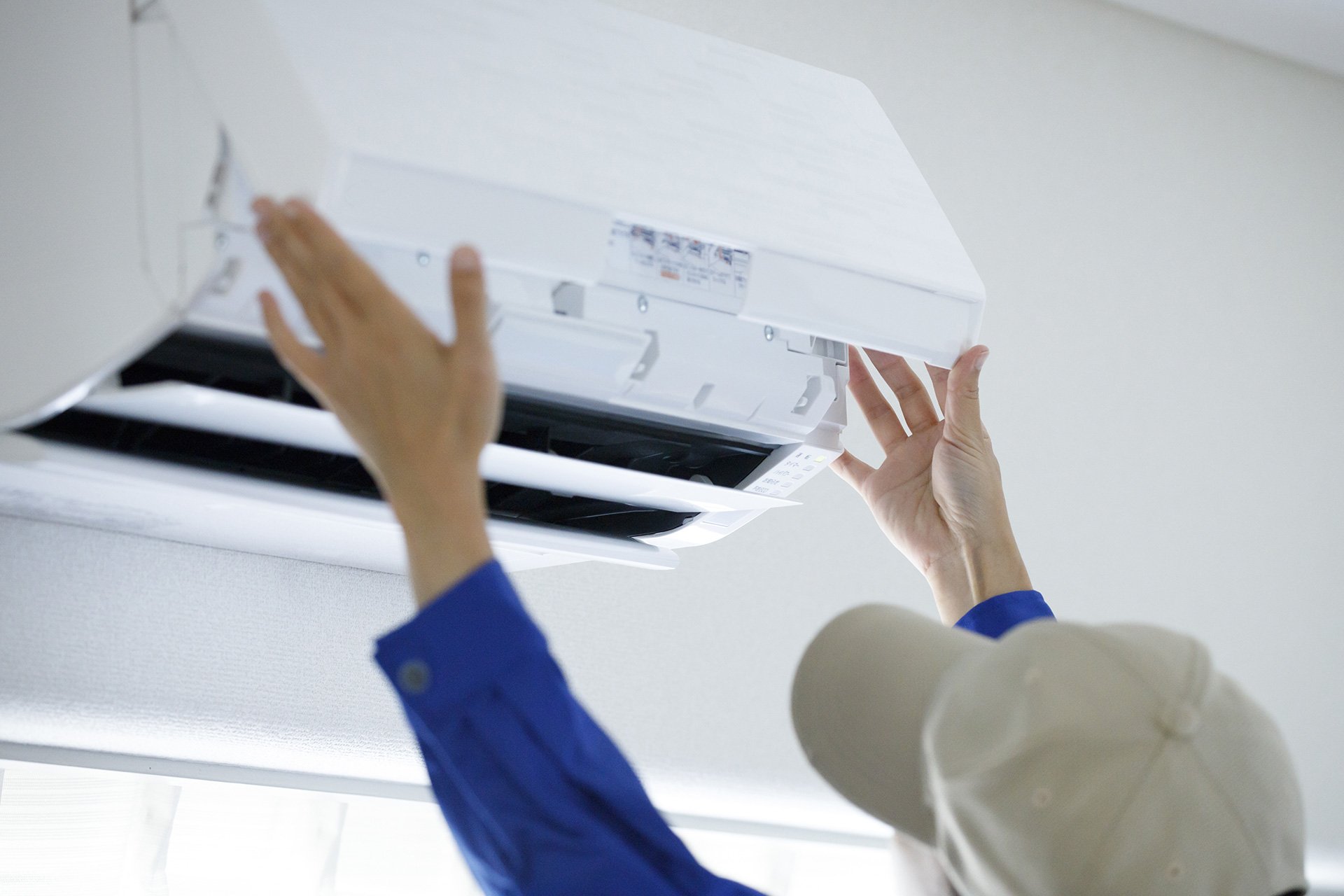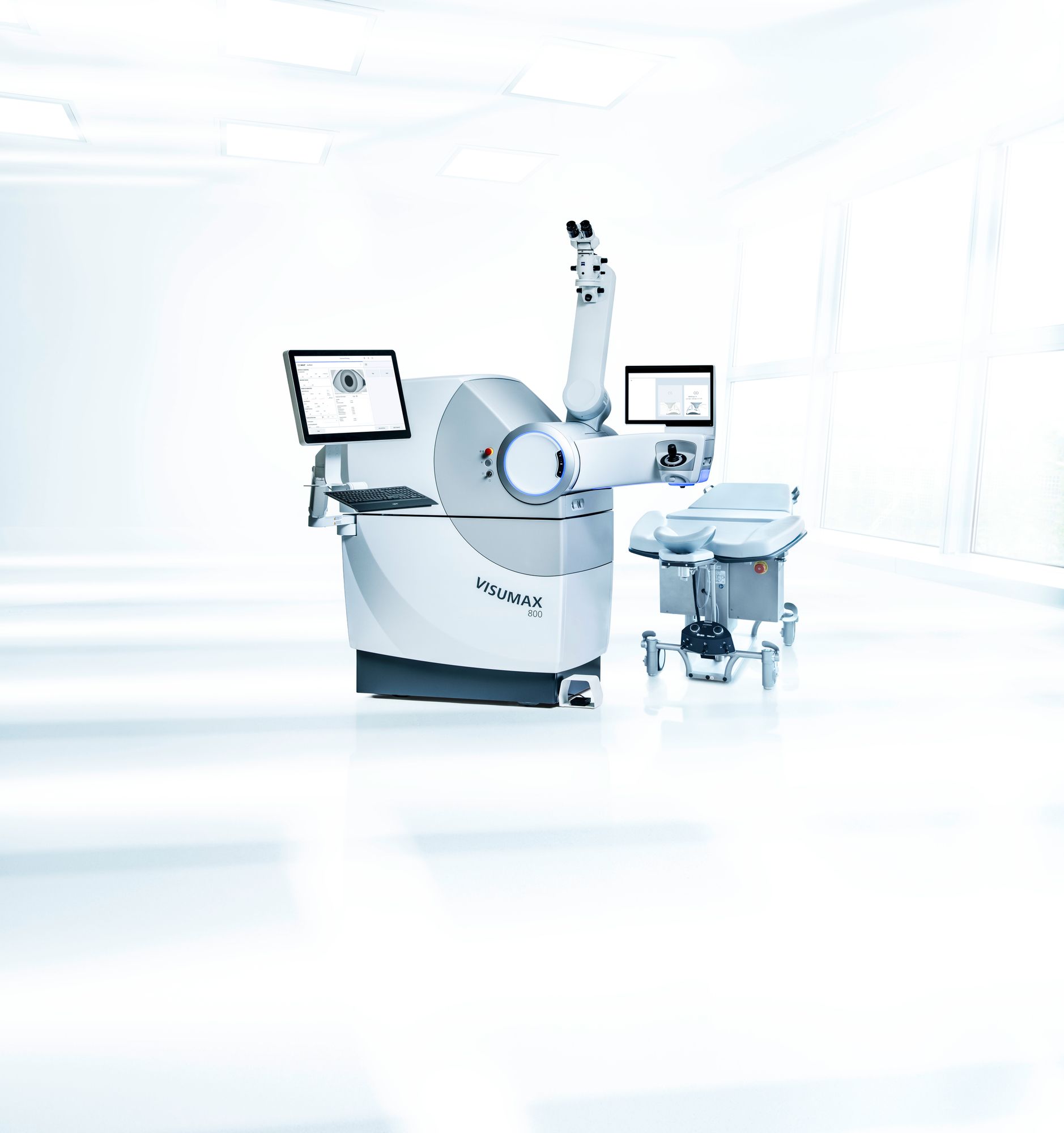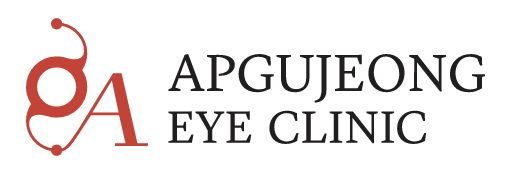ICL vs LASIK vs SMILE in Korea: Which Vision Correction Is Right for You?
Understanding the Procedures
What is LASIK?
LASIK involves creating a thin corneal flap, reshaping the underlying corneal tissue with a laser, and repositioning the flap. It’s widely available in Korea with mature technology and high success rates.
What is SMILE?
SMILE uses a femtosecond laser to create a lenticule inside the cornea which is removed through a small incision — no flap is created. It tends to cause less dry-eye, fewer flap-risks, and is popular in Korea especially for myopia correction.
What is ICL (Implantable Collamer Lens)?
ICL is a lens implanted inside the eye (behind the iris, in front of the natural lens) rather than reshaping the cornea. It’s suited for higher prescriptions, thin corneas, or when laser surgery is less ideal. iclsurgerykorea.com
Who Should Choose Which?
- Choose LASIK if you have a stable prescription, normal corneal thickness, want a well-proved method, and are comfortable with a corneal flap technique.
- Choose SMILE if you have myopia or astigmatism and want a flap-free approach, are concerned about dry eye, or lead an active/contact-sport lifestyle.
- Choose ICL if your prescription is high (myopia/astigmatism), your corneas are too thin or irregular for laser correction, or you want a more reversible option.
Considerations Specific to Korea for Foreign Patients
- Clinics in Seoul offer all three procedures and are experienced with international patients. They’re often equipped with advanced diagnostics and English-friendly staff.
- Cost‐wise: While LASIK and SMILE tend to cost less, ICL is more expensive due to the intraocular lens and additional follow-up care. (See cost tables in other posts.)
- Stay & follow-up: If traveling for surgery, you’ll need some post-operative stay in Korea (typically 1–3 nights for LASIK/SMILE; maybe longer for ICL) so that early checks are done locally.
- Eligibility: A thorough eye exam (corneal topography, thickness, dry eye status, pupil size) is essential in Korea. Many clinics use advanced diagnostics.
- After-care: For ICL especially, intraocular monitoring (vault, intraocular pressure, lens position) is key. Make sure the clinic provides after-care and what happens when you return home.
Pros & Cons: A Balanced View
LASIK
Pros: Mature technology, fast recovery, widely available, cost-effective.
Cons: Flap risks (though rare), higher dry-eye risk vs flap-free methods, not suitable for very thin corneas or high prescriptions.
SMILE
Pros: Flap-free, low dry-eye risk, fast recovery, good for active lifestyles.
Cons: Slightly newer than LASIK (though very well proven in Korea), sometimes limited range of correction (especially hyperopia or extreme astigmatism).
ICL
Pros: No corneal tissue removal, suitable for high prescriptions/thin corneas, reversible, excellent visual quality.
Cons: Higher cost, involves intraocular surgery (so different risk profile), longer follow-up for lens monitoring.
Final Thoughts
There’s no “one size fits all” when it comes to vision correction in Korea — the best choice is the one that matches your eyes, prescription, lifestyle, risk tolerance, and budget.
If you’re eligible for any of the three, meet with a reputable Seoul clinic (foreign-patient friendly, English-support, clear cost & after-care plan). Compare what they propose and ask:
- Why did they recommend this procedure rather than another?
- What technology will be used?
- What is the total cost (both eyes, inclusive)?
- How many nights should you stay in Korea post-op?
- What is the follow-up plan, especially once you return home?
Call-to-Action
👁️ Thinking about vision correction in Korea?
Book a free consultation with a Seoul clinic to explore LASIK, SMILE and ICL options, get your diagnostics done, and see which path is right for your eyes and lifestyle.













